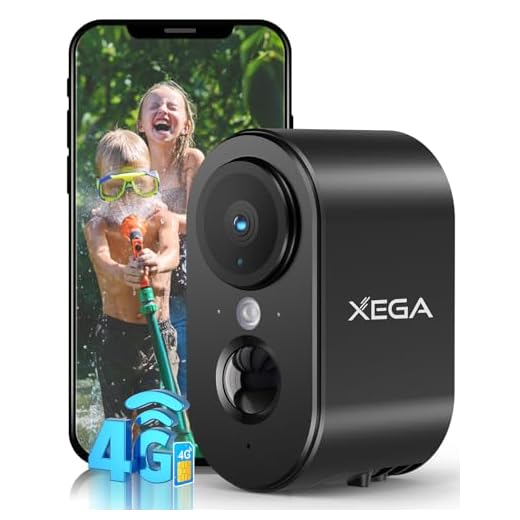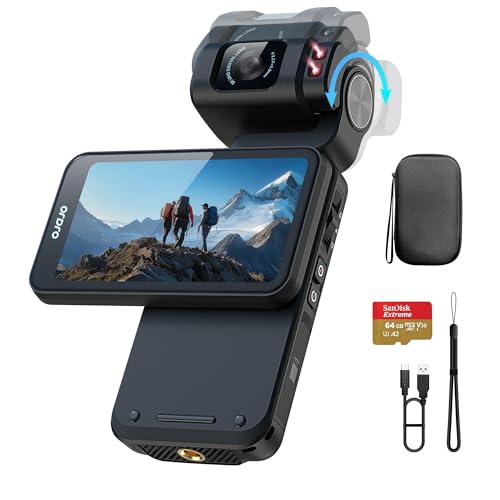


Setting up a security camera system is essential for protecting your home or business, but what if you don’t have access to wifi? While many security cameras rely on wifi for connectivity, there are still options available for those without a wifi connection. In this guide, we will show you how to hook up a Tend security camera without wifi so you can still enjoy the benefits of a surveillance system.
One option for connecting your Tend security camera without wifi is to use an Ethernet cable. This will allow you to directly connect your camera to your router, providing a reliable and secure connection. Additionally, some Tend cameras come with built-in SD card slots, allowing you to store footage locally without the need for wifi. This can be a convenient option for those looking to monitor their property without relying on an internet connection.
By following these steps and utilizing the available options, you can easily set up your Tend security camera without wifi and enjoy peace of mind knowing your property is protected.
Step-by-step guide to setting up a security camera without wifi
Setting up a security camera without wifi is a great solution for areas where internet connectivity is limited or unavailable. Follow these steps to get your security camera up and running:
1. Choose a suitable location
Find a location for your security camera that provides a clear view of the area you want to monitor. Make sure the camera is mounted securely and is protected from the elements.
2. Install the camera
Follow the manufacturer’s instructions to install the security camera. This may involve mounting the camera, connecting cables, and adjusting the camera angle for optimal coverage.
Tip: Consider using a solar-powered security camera for locations without access to electricity.
3. Set up a local recording system
Since you won’t be using wifi for remote access, set up a local recording system like a DVR or NVR to store footage from the security camera. Make sure to configure the recording settings to meet your needs.
By following these steps, you can easily set up a security camera without wifi for reliable surveillance in any location.
Check your camera’s compatibility with a non-wifi setup
Before attempting to hook up a security camera without wifi, it’s crucial to check if your camera is compatible with a non-wifi setup. Some security cameras rely heavily on wifi connectivity for features like remote viewing, cloud storage, and real-time alerts. If your camera is designed to work exclusively with wifi, you may face limitations when attempting to set it up without a wifi connection.
Make sure to carefully review the camera’s specifications and user manual to determine if it can be used in a non-wifi setup. Look for features like local storage options (such as SD cards or NVRs), wired connectivity options (such as Ethernet ports), and compatibility with standalone monitoring systems.
Choose a suitable location for your security camera
When setting up a security camera without wifi, it’s crucial to choose the right location for optimal coverage and security. Here are some tips to help you select the perfect spot:
- Consider the areas you want to monitor: Identify the key areas around your property that you want to keep an eye on, such as entry points, driveways, or backyards.
- Ensure a clear line of sight: Place the camera in a location where it has an unobstructed view of the area you want to monitor to capture clear footage.
- Protect the camera from the elements: Choose a spot that is sheltered from harsh weather conditions to ensure the longevity and functionality of the camera.
- Secure the camera mount: Make sure the camera is securely mounted to prevent tampering or theft.
- Consider power source: Place the camera near a power source or use a suitable power supply to ensure uninterrupted operation.
Power your security camera using alternative methods
If you don’t have access to a power outlet near your security camera or want to avoid using Wi-Fi, there are alternative methods to power your camera:
- Use a power over ethernet (PoE) adapter to deliver power and data through a single cable.
- Utilize solar panels with a battery backup to power your camera in areas without access to electricity.
- Consider using a power bank or portable battery pack to keep your camera running on the go.
- Explore options like using a car adapter or a USB power source for temporary setups.
Set up a local recording system for your security camera
Setting up a local recording system for your security camera is a great way to ensure that your footage is safely stored without relying on an internet connection. Here’s how you can do it:
1. Choose a storage device
First, you need to choose a reliable storage device to save the footage from your security camera. This can be an external hard drive, a Network Attached Storage (NAS) device, or a dedicated Digital Video Recorder (DVR).
2. Connect your camera to the recording device
Connect your security camera to the storage device using the appropriate cables. Make sure to follow the manufacturer’s instructions for setting up the connection.
- If you are using an external hard drive, connect it to your camera’s recording port.
- For a NAS device, set up the network connection and configure your camera to save footage to the NAS.
- If you have a DVR, connect your camera to the DVR using the designated inputs.
Once the camera is connected to the recording device, you can set up the recording settings and start capturing footage locally.
Connect your security camera to a monitor or viewing device
If you want to hook up a security camera without wifi, you can connect it directly to a monitor or viewing device. Here’s how you can do it:
Step 1: Check the camera’s output connection
First, check the output connection of your security camera. Most security cameras have an HDMI or VGA output that can be connected to a monitor or TV.
Step 2: Connect the camera to the monitor
Use the appropriate cable (HDMI or VGA) to connect the camera’s output to the monitor’s input. Make sure to power on both the camera and the monitor.
| Security Camera | Monitor |
|---|---|
| HDMI/VGA Output | HDMI/VGA Input |
Once the camera is connected to the monitor, you should be able to see the live feed from the camera on the monitor. You can also use a DVR or recording device to save the footage for later viewing.
Ensure proper maintenance and monitoring of your security camera
Once you have successfully set up your security camera without Wi-Fi, it is crucial to ensure proper maintenance and monitoring to keep your property secured. Here are some tips to help you maintain and monitor your security camera effectively:
Regularly check the camera’s power source
Make sure the camera’s power source, whether it’s batteries or a wired connection, is functioning properly. Replace batteries as needed and ensure that the camera is receiving power consistently.
Review footage regularly
Take the time to review the footage recorded by your security camera on a regular basis. This will help you stay informed about any suspicious activity and ensure that your camera is working correctly.
| Tip: Set a schedule to review footage at least once a week to stay on top of any security concerns. |
Consider additional security measures for your non-wifi setup
While setting up a security camera without wifi can provide some level of security, it’s important to consider additional measures to enhance the overall security of your system.
1. Secure physical access: Ensure that your security camera is installed in a secure location where it is not easily accessible to unauthorized individuals. This can help prevent tampering or theft of the camera.
2. Use encryption: If your camera system allows for it, consider using encryption to secure the video feed and prevent unauthorized access to the footage.
3. Regularly check for updates: Keep your camera system up to date by regularly checking for firmware updates. This can help patch any security vulnerabilities and ensure that your system is as secure as possible.
4. Utilize additional monitoring tools: Consider using additional monitoring tools such as motion sensors or alarms to enhance the security of your non-wifi camera system.
By implementing these additional security measures, you can help ensure that your non-wifi security camera setup is as secure as possible.
Seek professional help for advanced installation and troubleshooting
If you encounter any difficulties during the installation process or if you are unsure about how to properly set up your security camera system without Wi-Fi, it is recommended to seek professional help. A professional installer can ensure that your system is installed correctly and can troubleshoot any issues that may arise. They can also provide guidance on the best placement for your cameras and help you optimize the performance of your system.






